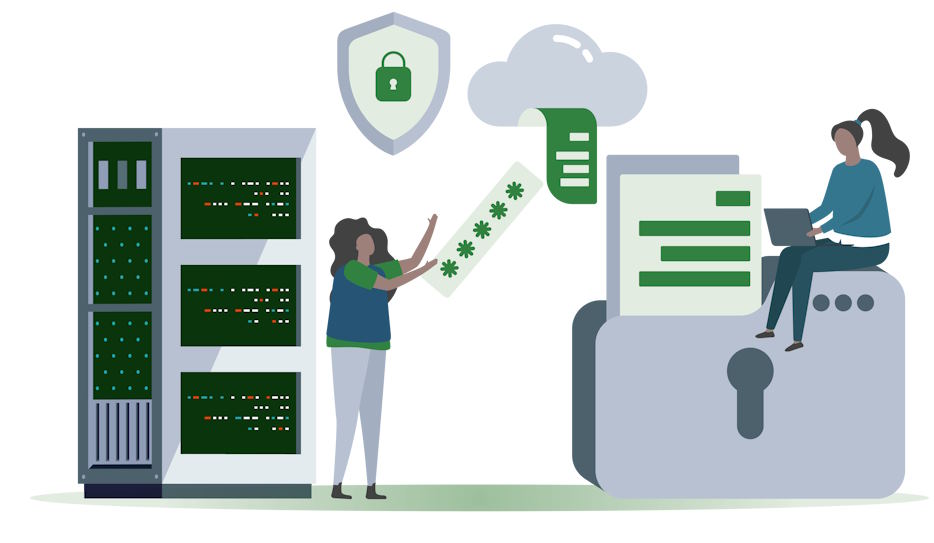In an era where cyber threats continually evolve and breach traditional security perimeters with alarming frequency, the paradigm of cybersecurity demands a profound transformation. The concept of “trust but verify” that once formed the foundation of access control is no longer sufficient in safeguarding digital assets and sensitive information. Enter Zero Trust Architecture (ZTA), a groundbreaking approach that redefines the very essence of cybersecurity by assuming that no entity, whether internal or external, should be inherently trusted.
Core Principles of Zero Trust Architecture
Never Trust, Always Verify: The Foundational Principle
At the heart of Zero Trust Architecture (ZTA) lies the fundamental shift from blind trust to continuous verification. This principle challenges the conventional approach of granting excessive access privileges based on a user’s location or network segment. In ZTA, every user, device, or application attempting to access resources is treated as potentially untrusted, irrespective of their origin. This philosophy ensures that verification occurs at every interaction, reducing the attack surface and minimizing the impact of potential breaches.
Micro-Segmentation: Segmenting the Network for Better Control
Gone are the days of a monolithic network where once inside, users could traverse freely. ZTA introduces micro-segmentation, which involves dividing the network into smaller, isolated segments. Each segment is controlled by its own set of access rules, containing potential threats and limiting lateral movement. By compartmentalizing resources, ZTA enhances control and visibility, enabling precise monitoring and thwarting unauthorized access attempts.

Advantages of Zero Trust Architecture
Enhanced Security Posture: Reducing the Attack Surface
Zero Trust Architecture (ZTA) stands as a stalwart guardian against modern cyber threats by fundamentally shrinking the attack surface. Traditional perimeter-based security models are rendered obsolete by ZTA’s “never trust, always verify” approach. This dynamic strategy ensures that potential attackers must navigate multiple layers of authentication and authorization, significantly diminishing the chances of breaches and data exfiltration.
Adaptability to Modern Workforce and Cloud Environments
As the workforce becomes increasingly decentralized and cloud adoption surges, ZTA presents an advantage of paramount significance. Its principles are adaptable to the dynamic nature of contemporary work environments, accommodating remote employees, contractors, and external partners while maintaining rigorous security. ZTA’s ability to transcend physical boundaries aligns seamlessly with the demands of a mobile and cloud-driven era.
Mitigation of Lateral Movement: Limiting the Spread of Threats
Lateral movement, the lateral spread of threats within a network post-breach, is a pressing concern. ZTA excels at thwarting such movement through micro-segmentation. By segmenting the network into distinct zones, ZTA limits the lateral movement of malicious actors, effectively containing breaches and minimizing potential damage.

Implementing Zero Trust Architecture
Assessing the Current Infrastructure and Identifying Vulnerabilities
Embarking on the journey of implementing Zero Trust Architecture (ZTA) requires a comprehensive understanding of the existing infrastructure. Begin by conducting a thorough assessment to identify potential vulnerabilities, weak points, and areas that demand immediate attention. This audit lays the foundation for a tailored ZTA implementation that addresses specific risks within your organization.
Developing a Phased Implementation Strategy
Transitioning to ZTA is best accomplished through a phased approach. Rather than attempting an overnight transformation, divide the process into manageable stages. Prioritize critical assets and high-risk areas, gradually extending ZTA principles across the entire network. This approach allows for careful testing, troubleshooting, and optimization, ensuring a smooth integration without disrupting daily operations.
Choosing the Right Technologies and Vendors
Selecting appropriate technologies and vendors is pivotal to the success of your ZTA implementation. Look for solutions that align with your organization’s needs, scalability, and compatibility with existing systems. From identity and access management tools to advanced threat detection systems, the right mix of technologies will reinforce your ZTA framework.